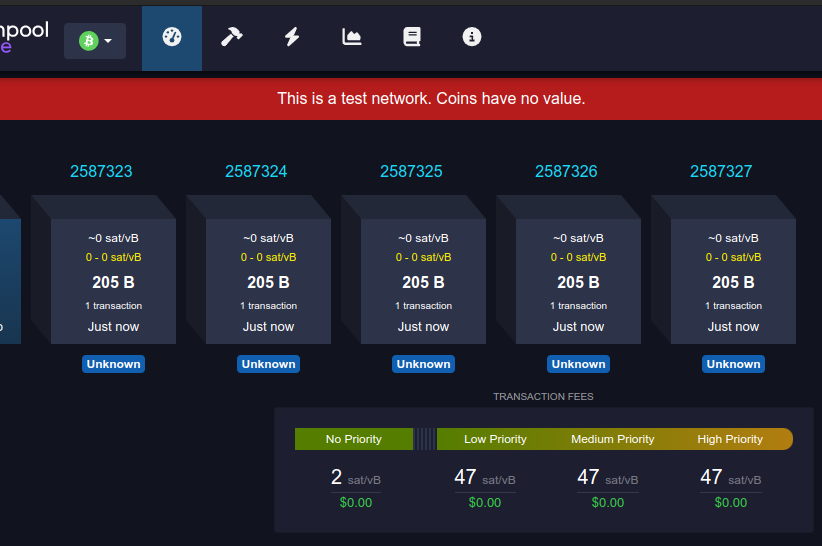SegWit: The Swiftest Safe Path Forward
I and many of my colleagues at BitGo and across the Bitcoin ecosystem are eager to see Segregated Witness activated.
I can vividly remember the day when I shared a room in Hong Kong with many of my fellow developers and we watched Pieter Wuille explain this enhancement to the Bitcoin protocol.
"Segregated Witness offers many advantages, including fixing unintentional malleability." - @pwuille #ScalingBitcoin pic.twitter.com/BxajUDExAz
— Jameson Lopp (@lopp) December 7, 2015
It was clear to me by the end of Pieter’s presentation that Segregated Witness is a critical component to the next stage of Bitcoin’s evolution.
This is huge. Segregated Witness is shaping up to be a giant leap forward in the evolution of the Bitcoin protocol. #ScalingBitcoin
— Jameson Lopp (@lopp) December 7, 2015
More specifically, BitGo customers who receive high volumes of payments will benefit from doing so with Segregated Witness compatible addresses. When consolidating their unspent outputs, spending SegWit outputs will enable them to create transactions that require much less legacy block space and thus also cost them less in mining fees. Because all BitGo customers spend 2–of-3 P2SH multisig scripts, the savings are more significant than for users of P2PKH wallets.
Great breakdown of data size and transaction fee savings offered by Segregated Witness: https://t.co/u1iTUJu9ip pic.twitter.com/Oiv0kxMwPg
— Jameson Lopp (@lopp) December 10, 2015
Eventually, I expect that BitGo customers will be able to save even more on transaction fees by using second layer payment protocols such as Lightning Network that build upon SegWit’s transaction malleability fix.
While some argue that Segregated Witness is overly complex and adds technical debt to the protocol, this is unlikely to add much burden to wallet and application developers. Much like P2SH, most won’t be implementing SegWit from scratch, but will instead use one of the many Bitcoin libraries that has done the protocol level work and effectively pushed the additional complexity under the hood.
Segregated Witness activation will provide some immediate non-negligible network-wide benefits:
"SegWit gives a 60% bandwidth savings for nodes uninterested in sigs (lite clients & historical block downloads)" - @pwuille @SFBitcoinDevs
— Jameson Lopp (@lopp) December 15, 2015
Created my first Segregated Witness transaction with 1 input & 2 outputs. Clocked in at 140 bytes, a 38% savings over standard P2PKH spends.
— Jameson Lopp (@lopp) October 24, 2016
There are many pros and cons to deploying major feature changes as soft versus hard forks, but if we want to see SegWit safely deployed in 2017 it will need to be as a soft fork. I see several parallels between the deployment of SegWit and P2SH (a somewhat controversial soft fork) back in 2012. Even today, the vast majority of Bitcoin users do not make use of P2SH — and that’s fine! I expect the same will be true of SegWit.
7) Some people don’t want SegWit; they need not stand in the way of those who want to build upon it. SegWit will bring more value to Bitcoin
— Jameson Lopp (@lopp) January 10, 2017
While SegWit does not provide a massive scalability enhancement in and of itself, it is an important step that creates a platform for future scalability improvements that will enable Bitcoin to support mainstream usage. Let us proceed together apace!




